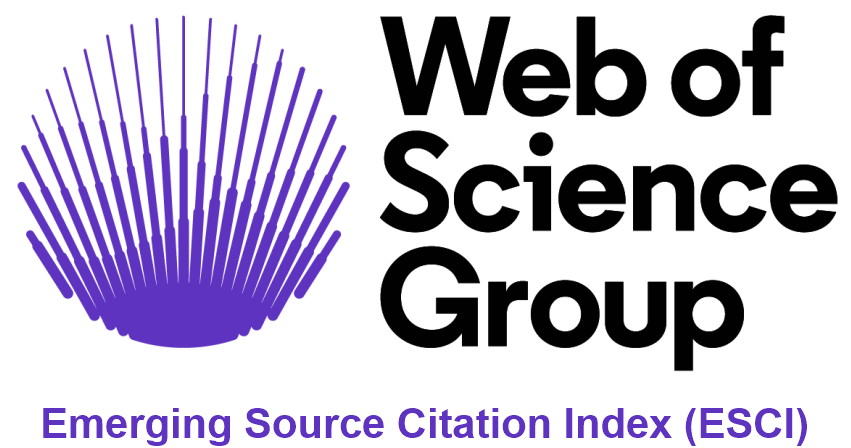Characterization of greenhouse tomato production units in Oaxaca.
DOI:
https://doi.org/10.22231/asyd.v11i2.64Keywords:
protected agriculture, commercialization, enterprises, commercial strategies, vegetablesAbstract
In Oaxaca’s Central Valleys, there are 118 production units, 30 % of the greenhouse surface for tomatoes in the state. These production units are varied in their levels of performance, profitability and productivity. The theory of enterprise based on resources and on the comparative advantage suggests that some resources are strategic in the production units, and they allow obtaining comparative and competitive advantages. The production units lack organization; 30 % have been abandoned and 32 % of the greenhouses measure 2000 m2 and have been operating for 2.8 years, in average. The labor in these units is familiar and members are between 31 and 50 years of age. The conclusion is that in order to reach competitiveness and increase the performance of tomato production units, commercial, financial, organizational, operational and environmental strategies should be designed and implemented.Downloads
Published
2014-06-30
How to Cite
Martínez-Gutiérrez, G. A., Díaz-Pichardo, R., Juárez-Luis, G., Ortiz-Hernández, Y. D., & López-Cruz, J. Y. (2014). Characterization of greenhouse tomato production units in Oaxaca. Agricultura, Sociedad Y Desarrollo, 11(2), 153–165. https://doi.org/10.22231/asyd.v11i2.64
Issue
Section
Artículos
License
Authors who publish in this journal accept the following conditions:
- The authors retain the copyright and transfer to the magazine the right of the first publication, with the work registered with the Creative Commons attribution license, which allows third parties to use what is published as long as they mention the authorship of the work and the first publication in this magazine.
- Authors may make other independent and additional contractual arrangements for non-exclusive distribution of the version of the article published in this journal (e.g., including it in an institutional repository or publishing it in a book) as long as they clearly indicate that the work It was first published in this magazine.
- Authors are permitted and encouraged to publish their work on the Internet (for example on institutional or personal pages) before and during the review and publication process, as it can lead to productive exchanges and greater and faster dissemination of the work. published (see The Effect of Open Access).













